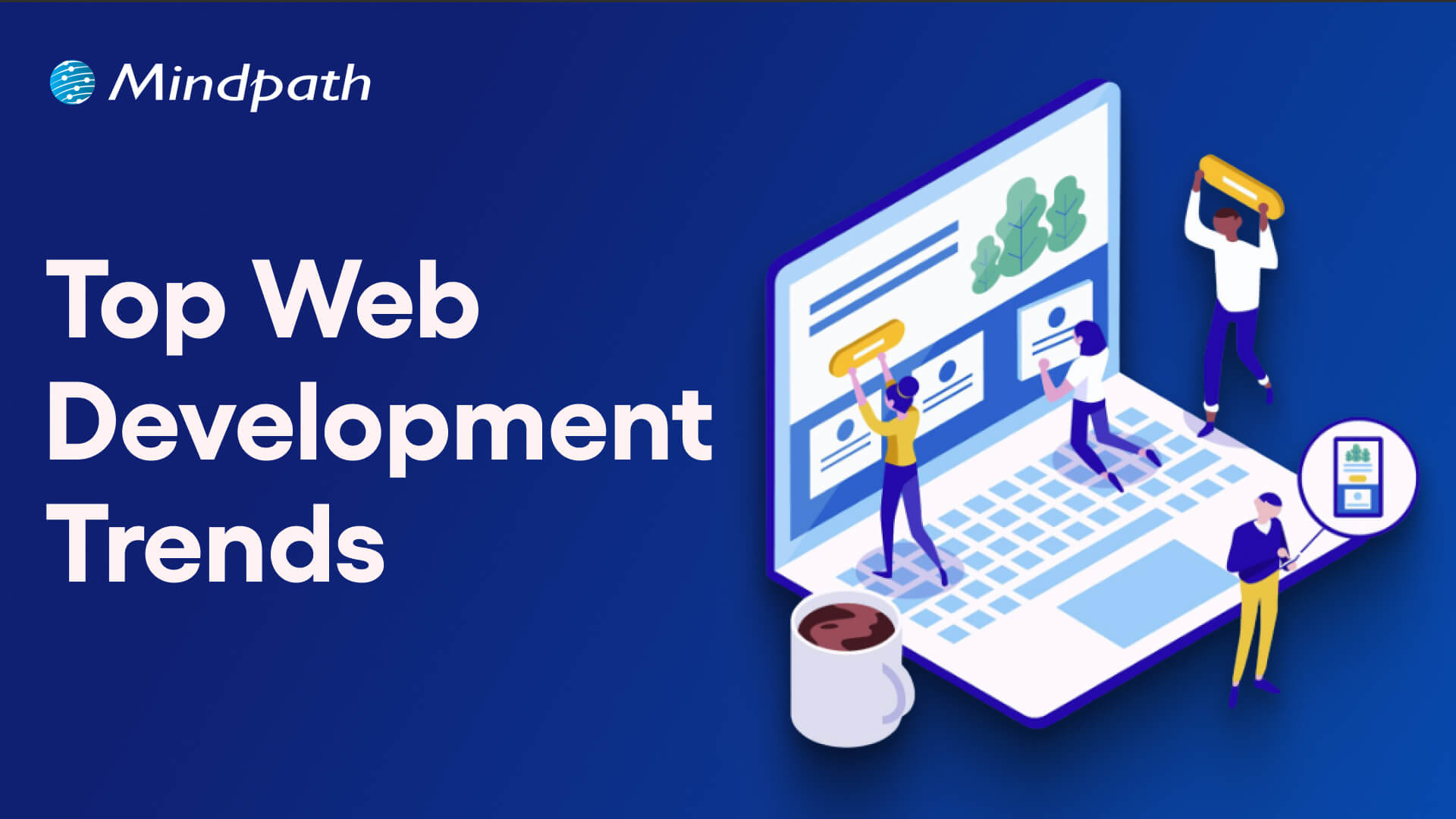Have you ever wondered how machine learning models make their way from development to production? What if there was a way to simplify and automate this process? In the world of MLOps, deploying models efficiently is key to success. But how can tools and strategies streamline this journey? Let’s explore how automating model deployment transforms the way machine learning works in real-world applications.
What is Model Deployment?
Model deployment is the process of preparing a machine learning model built on data for usage in real-world applications. The model begins to perform its true function at this point, evaluating fresh data to produce forecasts or insights. This includes creating the model with all of its necessary tools and dependencies, configuring a system to respond to user requests or data inputs, and ensuring that everything operates smoothly. It also entails periodically monitoring the model’s performance to detect any problems, keeping logs of its activity for analysis, and making adjustments to increase its accuracy or meet new needs. Automating this process not only saves time but also assures deployment efficiency, reliability, and scalability, allowing the model to work seamlessly even as workloads increase.
Strategies for Automating Model Deployment
1. Managing Model Versions
Model versioning is the process of tracking distinct versions of a machine learning model as they are updated or improved. It ensures that any update to the model is recorded and easily accessible if necessary. Tools such as MLflow and Seldon Core are widely used for this purpose since they provide capabilities that allow for effective version management. One significant advantage of versioning is the ability to swiftly roll back to a stable version if a new upgrade creates difficulties. For example, if a new model version makes incorrect predictions or creates system issues, an automated rollback method can quickly replace it with a previous version that functioned properly. This eliminates downtime and the danger of disrupting the user experience.
2. Tracking and Monitoring
Monitoring and logging are crucial for verifying that a machine learning model functions as intended once it is deployed. Monitoring entails tracking the model’s performance and identifying any unusual patterns or flaws. Prometheus and Grafana are popular tools for measuring performance indicators and displaying them in easy-to-read visual forms. Logging, on the other hand, maintains a full record of the model’s operations, such as forecasts, mistakes, and system events. This data is extremely useful for troubleshooting and understanding how the model performs over time. Automated logging simplifies this procedure by continually gathering and organizing data. Monitoring and logging work together to offer a full view of a model’s performance in real time and over a longer period.
3. Testing and Validation
Automated testing is essential for ensuring that machine learning models perform as intended once deployed. It entails executing tests to evaluate the model’s performance, accuracy, and functionality in real-world scenarios. These tests assist to uncover any issues before the model is completely incorporated into the production system. Continuous testing frameworks, which are frequently used in CI/CD (Continuous Integration/Continuous Deployment) pipelines, allow issues to be identified early in the development and deployment cycle. This guarantees that any defects or performance decreases are identified before they impact the model in production. Automated testing saves time, minimizes mistakes, and guarantees that models consistently fulfil their performance objectives, making it an essential stage in the deployment process.
4. Ensuring Security and Compliance
When deploying machine learning models, security and compliance are essential to ensure that both the data and the deployment process fulfil the necessary requirements. Encryption is essential for protecting data during both transmission and storage. This prevents unauthorized access and protects vital data. Furthermore, implementing strict access controls guarantees that only authorized individuals can interact with the model or data. Regular audits of security rules assist in keeping things up to date and handling new dangers as they occur. Prioritizing security and compliance allow you to preserve sensitive data, safeguard your deployment process, and guarantee compliance with all applicable rules.
5. Handling Scalability and Load
Scalability and load control are crucial for ensuring that your model can handle fluctuations in demand without compromising performance. When developing your deployment strategy, it’s essential to account for various load conditions, such as a rapid rise in user activity and times of low traffic. Tools like Kubernetes and cloud-based solutions like AWS Auto Scaling enable dynamically modifying the resources required to manage shifting demand, ensuring that your model stays efficient and cost effective. Load balancing is another important feature that distributes incoming traffic evenly across numerous instances of your model. This guarantees that no single instance is overburdened, avoiding slowdowns or crashes. Spreading the load allows you to maintain high availability and enhance the model’s overall responsiveness.
Also Read: DevOps Trends for Business Success to Look Out For
How Can Mindpath Help?
Wrapping Note!
In the field of machine learning, automating model deployment is essential for guaranteeing efficiency, dependability, and scalability. Businesses can streamline the deployment process and ensure consistent performance by implementing solutions such as model versioning, continuous monitoring, automated testing, and security and compliance checks. Scalability technologies like Kubernetes and cloud-based solutions improve the model’s capacity to manage changing levels of demand. Mindpath is here to guide organizations through the complexity of installing machine learning models, providing professional assistance at every stage. From building strong deployment pipelines to guaranteeing the security and scalability of your model, we provide the tools and experience you need to succeed.
Ready to streamline your machine learning model deployment?
Let Mindpath help you achieve seamless, secure, and scalable solutions.











